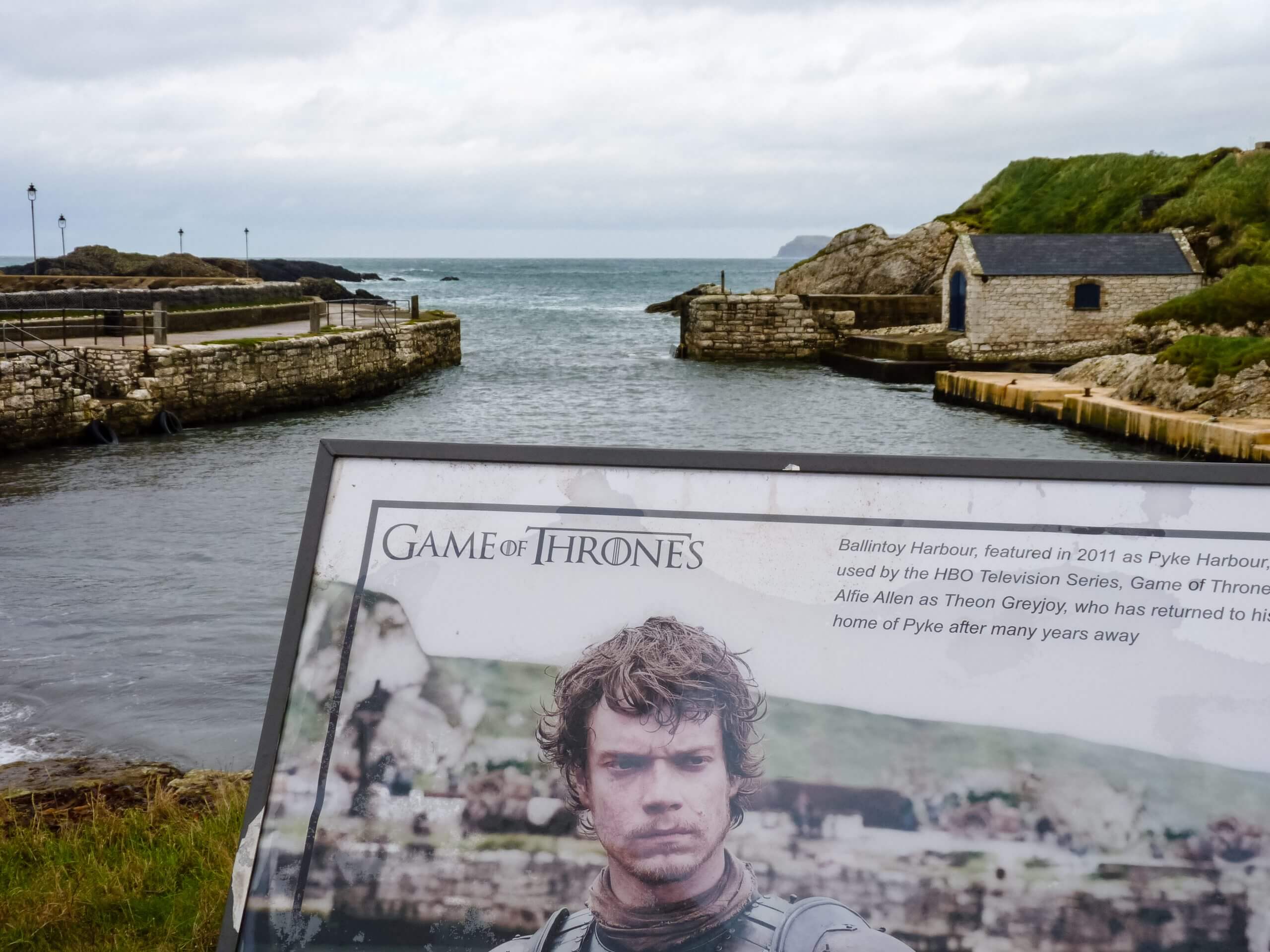There’s something oddly emotional about standing in a place you’ve only ever seen through the lens of a fantasy world. For Game of Thrones fans, these places aren’t just movie sets but fragments of Westeros scattered across our own map.
Walk Dubrovnik’s walls and you’ll hear the echo of bells from King’s Landing. Feel the chill in Iceland and you might swear you’ve seen a White Walker just over the ridge.
This guide is for the travelers who pack curiosity along with their camera, the kind of people who rewatch episodes just to spot where a scene was filmed.
So let’s trace the journey of Game of Thrones across the real world, from frozen glaciers to sunlit castles, with a few notes and traveler tips along the way.
Where Fantasy Became Real
The genius of Game of Thrones lies in how it rooted its fantasy in real landscapes. The creators didn’t rely solely on green screens; they scouted the world for places that felt like Westeros. That’s why the show’s world feels tangible, because it’s built on centuries-old castles, lava fields, and medieval towns that actually exist.
If you’re planning to visit, think of it as a pilgrimage through layers of myth and history. You won’t just see “filming locations”; you’ll step into the same courtyards, climb the same stairs, and stand on the same beaches where characters fought, ruled, and died.
Northern Ireland – The Heart of Westeros
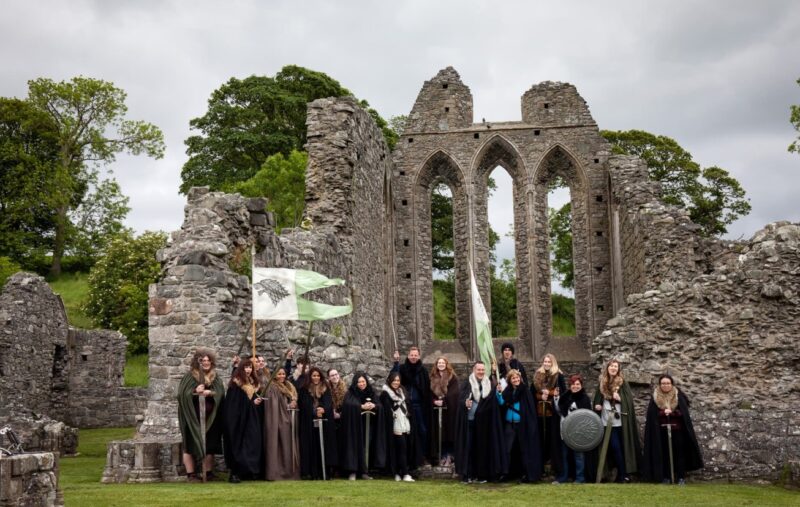
Northern Ireland was Game of Thrones’ backbone. Its rugged coastlines, deep forests, and misty hills gave life to Winterfell, the Iron Islands, and much of the North. For years, Belfast’s Titanic Studios housed the production, while the surrounding countryside became the show’s outdoor kingdom.
Drive through County Down and you’ll find Castle Ward, which stood proudly as Winterfell. Here, you can even don a Stark cloak and practice archery where Robb and Jon once stood. A few hours north, the hauntingly beautiful Dark Hedges became the Kingsroad — those bending trees are as eerie in real life as on screen. And if you head toward Ballintoy Harbour, you’ll recognize the Iron Islands where Theon Greyjoy faced his past.
Fun fact: Many locals worked as extras in the show. Entire villages would go silent on shooting days as the production team transformed the countryside into Westeros.
Traveling through Northern Ireland feels like uncovering a living film set. The roads between locations are short and scenic, and even if you’re not a hardcore fan, the landscapes themselves are breathtaking, wild, ancient, and cinematic.
Iceland – Beyond the Wall
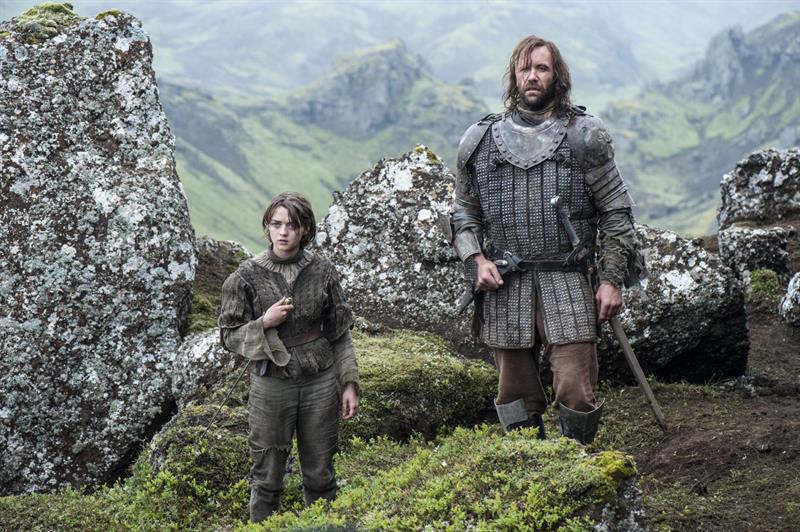
If Northern Ireland was the heart, Iceland was the show’s soul. Its glaciers, volcanoes, and black deserts became the realm “beyond the Wall,” where Jon Snow met the wildlings and faced the White Walkers.
The vast Vatnajökull National Park offered endless frozen horizons. Thingvellir National Park, with its dramatic rift valleys, appeared in Arya’s and The Hound’s journey. And for fans of Jon and Ygritte, Grjótagjá Cave is the real hot spring where that steamy scene happened. Yes, it exists, and yes, it’s as surreal as you imagine (though bathing there is now discouraged).
Visiting Iceland’s Game of Thrones sites isn’t just about chasing TV moments. It’s about realizing how much the country’s raw geography shaped the mood of the series. The cold here isn’t just temperature, it’s atmosphere.
Still, travel smart: weather changes fast, and some spots are reachable only with guided super-jeep tours. If you go in winter, the landscape transforms into an endless white sea, just as it did for the Night’s Watch.
Croatia and Malta – The Soul of King’s Landing
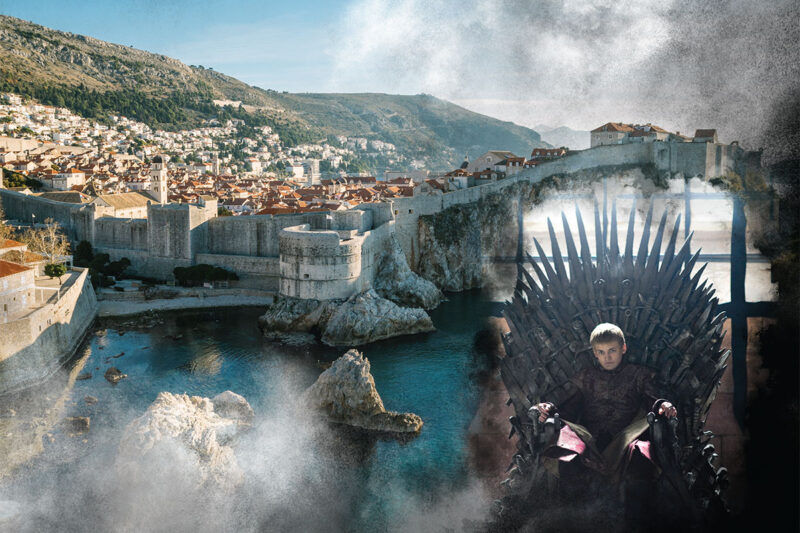
When production needed capital for the Seven Kingdoms, Dubrovnik answered the call. This walled Croatian city — perched over the Adriatic Sea — became King’s Landing, and once you walk its stone alleys, you’ll instantly recognize why.
The Old Town walls are where Tyrion planned battles, and Fort Lovrijenac doubled as the Red Keep. The infamous “Walk of Shame” stairs are still there, tucked between side streets buzzing with cafés and souvenir stands. Locals are used to fans reenacting scenes — just be respectful, especially near churches.
A short ferry ride away, Lokrum Island served as Qarth, while further north in Split, Diocletian’s Palace became the underground lair where Daenerys trained her dragons. Every corner whispers a memory from the series.
Before Dubrovnik, though, early Game of Thrones episodes were filmed in Malta. The city of Mdina played the original King’s Landing, while Fort Manoel hosted Ned Stark’s final scene. Sadly, the iconic Azure Window — used in the Dothraki wedding — collapsed in 2017, but Malta still holds that early-season charm for true fans.
Spain and Morocco – Dorne, Volantis, and the Exotic East
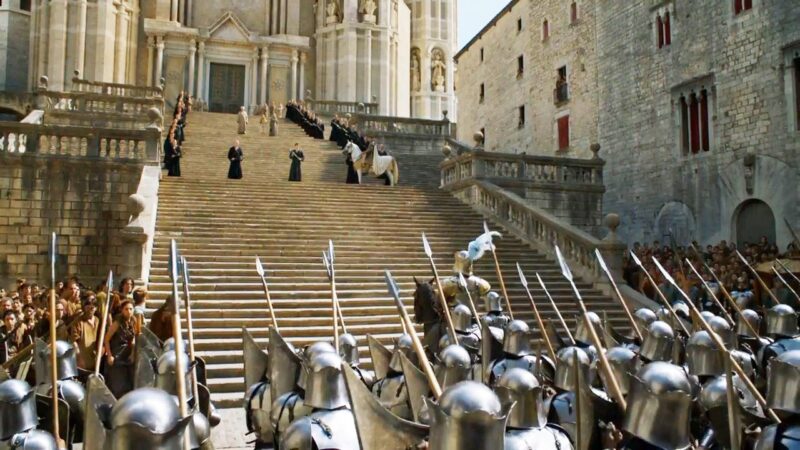
By the later seasons, Game of Thrones had stretched its empire to southern Europe and North Africa. The show needed warmth, color, and palatial elegance — and Spain delivered in full.
The Alcázar of Seville was transformed into the Water Gardens of Dorne. Its intricate Moorish architecture perfectly matched the royal tone of House Martell. In Girona, the old cathedral stairs became the setting for Margaery’s walk of atonement. Meanwhile, Osuna, a quiet Andalusian town, found itself in the spotlight after hosting Daenerys’ epic fighting pit scene.
Cross the sea to Morocco, and you’ll find Essos — the continent of traders and slaves. Essaouira became Astapor, where Daenerys freed the Unsullied, while Aït Benhaddou, a UNESCO World Heritage site, played Yunkai. These desert cities are steeped in history — long before HBO arrived, they starred in films like Gladiator and Lawrence of Arabia.
Did you know? After filming wrapped, the Moroccan extras who played freed slaves were invited to a local screening — most had never seen the show before.
How to Plan Your Own “Westeros Tour”
You can technically visit most of these filming locations within two to three weeks if you plan carefully. Here’s one possible route:
- Start in Belfast for the studio tour and Northern Ireland’s outdoor sets.
- Fly to Reykjavík for a few days exploring Iceland’s volcanic north.
- Continue south to Dubrovnik and Split for the heart of King’s Landing.
- Finish in Seville or Girona for Dorne and the later-season backdrops.
If you’re short on time, focus on one region; for many, Croatia alone gives you enough iconic sites to fill your camera roll and imagination.
And don’t underestimate the weather: Northern Ireland rains, Iceland freezes, and Spain bakes in summer.
Between location tours and long train rides across Europe, you’ll have quiet hours to fill. Some fans use that time to rewatch their favorite episodes or debate which house should’ve ruled Westeros. Others use those calm stretches to test their luck or follow live sports on bet365. After all, what’s travel without a little bit of excitement?
There’s something strangely fitting about catching a match or placing a small wager while sipping coffee in a medieval town that once stood in for King’s Landing, like living in two worlds at once.
Why It’s Worth the Trip
Standing on a cliff in Ballintoy or walking Dubrovnik’s walls hits differently when you know what happened there, both in the story and behind the scenes. The fantasy becomes something you can touch, something rooted in the real world.
Every site tells a small part of a larger filmmaking story: how a global crew stitched together multiple countries into one unforgettable realm. You’ll realize that Game of Thrones wasn’t just filmed, it was forged from the earth itself.
So, pack your map, rewatch your favorite episodes, and set out. The Seven Kingdoms might have fallen, but their spirit is still out there, waiting for you to walk through their gates.
Winter may be coming, but your next trip just got a lot more epic.

